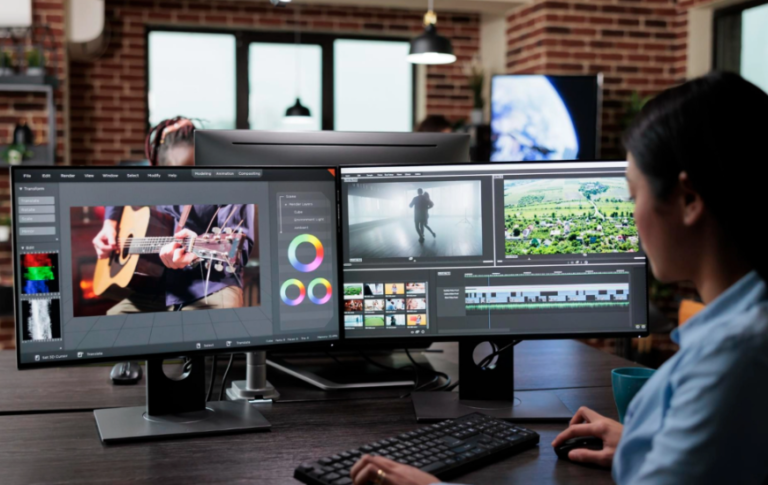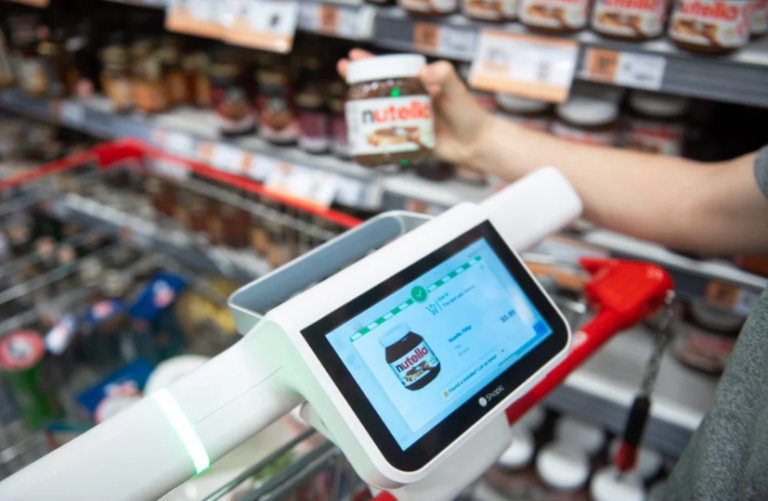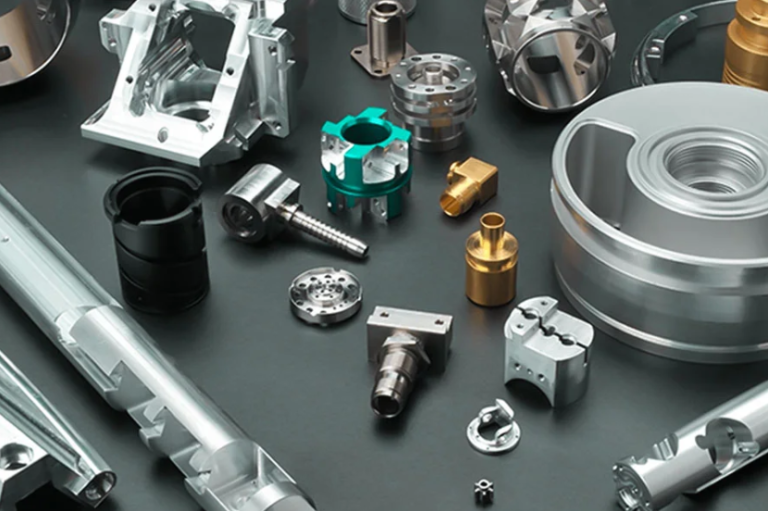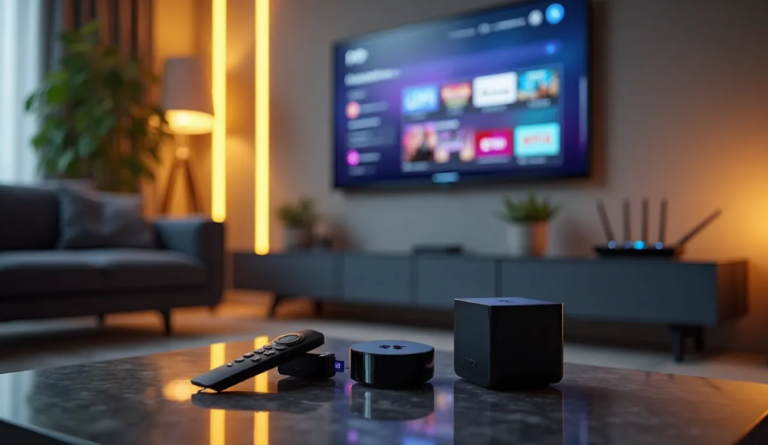7 Metrics Every Social Media Marketer Should Track in AI-Generated Ads
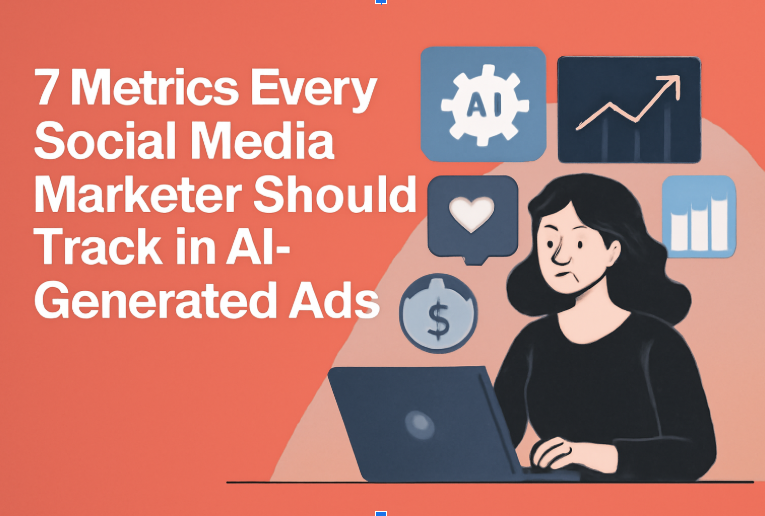
Advertising has changed a lot with new technology. One of the latest changes is the use of AI (Artificial Intelligence) ad generators. These tools help create and manage ads automatically, saving you time and effort. But even with AI doing much of the work, it’s very important to check if your ads are actually doing well. You do this by tracking certain important numbers, called metrics.
This guide explains 7 important metrics you should watch when running ads through an AI ad generator. We explain each metric in easy language, so whether you are new to marketing or just curious, you can understand and use these insights to get the best results from your ads. Plus, we include some new ideas especially useful for 2025 and beyond.
1. Click-Through Rate (CTR): Seeing If Your Ads Grab Attention
What is CTR?
Imagine you show your ad to 1,000 people, and 50 of them click on it to know more or buy something. The CTR is the percentage of people who clicked versus those who saw the ad. In this case, it’s 50 out of 1,000, or 5%.
Why does it matter?
CTR tells you if people are interested enough in your ad to take the next step and click it. A higher CTR means your ad is eye-catching, clear, and relevant. Since AI ads are created automatically, CTR is a quick way to check if they are doing their job.
How to use this info?
If your CTR is low, it means your ad might not be exciting enough or clear enough. You can try changing the images, the words (called the copy), or the offer. Luckily, AI ad generators can make many different versions of your ad quickly, helping you test which ones get the best CTR.
2. Conversion Rate: How Well Are Clicks Turning Into Action?
What is Conversion Rate?
Clicking an ad is just the first step. Conversion rate tells you the percentage of those who clicked who then do the action you want. This could be buying a product, signing up for a newsletter, or filling out a form.
For example, if 50 people clicked your ad and 10 bought something, your conversion rate is 20%.
Why is it important?
High clicks without sales or signups means you’re attracting interest but not closing deals. Your ads might be good at getting attention but your offer or website might need work.
How to use it
Make sure your landing page (the page visitors land on after clicking) matches the ad message and is simple to use. Use AI ad generators to guide people correctly and check which ads get the best conversion rates. This helps you spend money on ads that really bring you customers.
3. Cost Per Acquisition (CPA): What Are You Paying for Each Customer?
What is CPA?
CPA tells you how much money you spend to get one customer. If you spent $100 on ads and got 5 customers, your CPA is $20 per customer.
Why does this matter?
Knowing CPA helps you decide if your ads are worth the cost. Ideally, you want this number as low as possible but still high quality customers.
How to use it
Use your AI ad generator’s ability to run many ad variations to find those with the lowest CPA. If one ad version brings you customers cheaper than others, put more money there!
4. Ad Relevance Score / Engagement Rate: Are People Connecting with Your Ads?
What is ad relevance or engagement?
Besides clicking, people might like, comment on, share, or just spend more time watching your ad. Platforms score your ad based on this to show how relevant and interesting your audience finds it.
Why does it matter?
Ads with higher engagement get shown to more people and costs less to run. It means your AI is creating content that really connects.
How to use it
Track these scores to understand what is working beyond just clicks. Change graphics, words, or even the mood of your ad if engagement drops. Ask your AI tool to try new ideas when this happens.
5. Frequency: How Often Are People Seeing Your Ad?
What is Frequency?
This metric tells you how many times the same person sees your ad over a set time. If frequency is 3, it means on average people saw your ad 3 times.
Why is this important?
Too much exposure can annoy people, making them ignore or dislike your ad and brand.
How to use it
Use AI’s help to rotate different ads and reach new segments of your audience to keep things fresh. Watch frequency and if it climbs too high, lower ad budget or change your ads.
6. Return on Ad Spend (ROAS): Are You Making More Money Than You Spend?
What is ROAS?
ROAS tells you how many dollars you make back for each dollar spent on ads. A ROAS of 4 means for every $1 spent, you earn $4.
Why is it important?
It tells you if your ad campaign actually grows your business.
How to use it
Review ROAS regularly and tell your AI tools which ads perform best. Your goal is to increase this number by focusing on ads that bring high-value customers.
See also: The Future of Remote Work: Tech Tools That Make It Possible
7. Audience Insights and Segmentation: Who Is Responding to Your Ads?
What is audience insight?
AI tools give you data on who clicks your ads — their age, location, interests, and habits.
Why does this help?
Knowing your audience means you can make ads they relate to and avoid wasting money on uninterested people.
How to use it
Use AI to create ads for different groups based on their interests or behavior. Try targeting smaller niche audiences that other advertisers might miss.
Why These Metrics Matter in 2025 and Why AI Needs Your Supervision Too
In 2025, AI ad generator tools are powerful but not perfect. They can optimize ads using real-time data like where people are, current weather, or time of day to target precisely. This makes tracking these metrics essential to guide AI decisions and budget.
But don’t rely only on AI. Always check ads yourself for tone and accuracy. AI sometimes generates ads that don’t fit your brand or might seem off. Human review keeps ads trustworthy and respectful.
Easy Tips for Anyone Using AI Ads
- Start by watching CTR and conversion rate for basic ad interest and action.
- Check if your audience is too tired of seeing the same ad (frequency).
- Use simple words and clear images—AI can help but your message matters most.
- Think of ads as part of a bigger story, including your website or store—make the whole experience smooth.
Tracking these seven metrics gives you a clear way to understand and improve your AI-generated ads, helping any business grow successfully in the digital world. Whether you’re just starting or looking to get smarter with AI ads, these numbers are your best friends.
